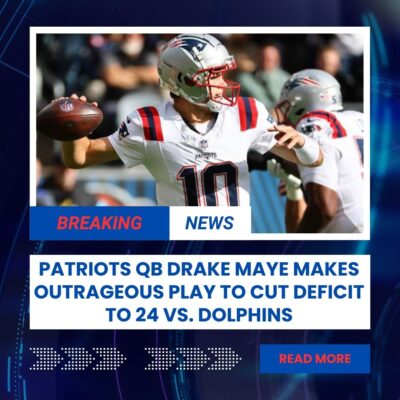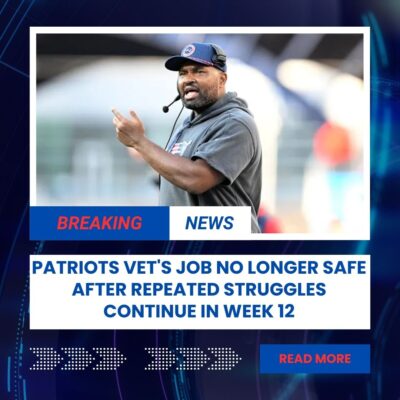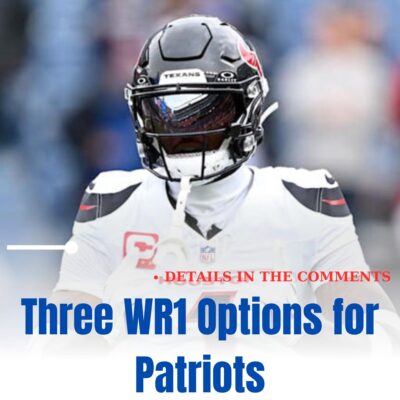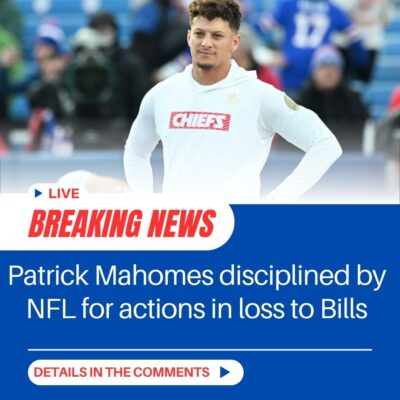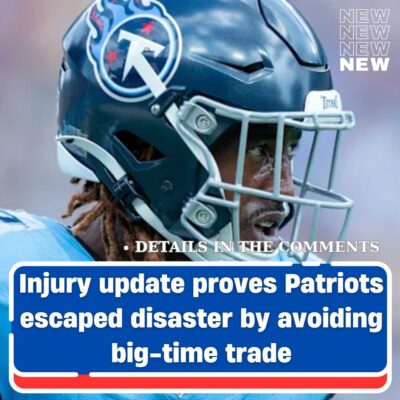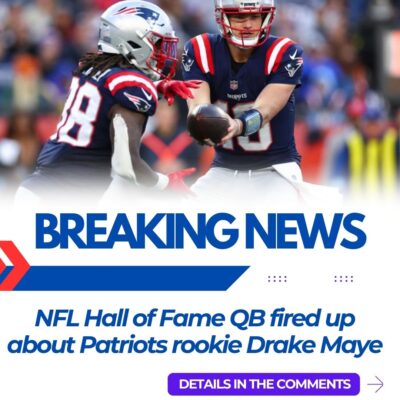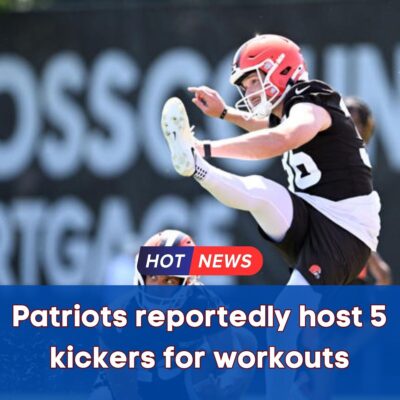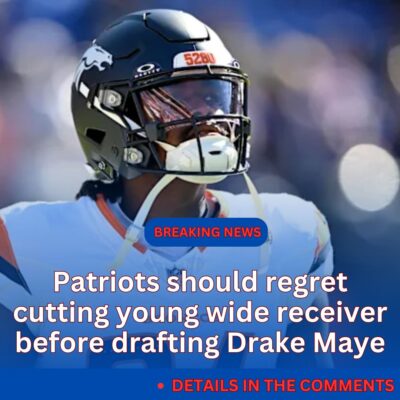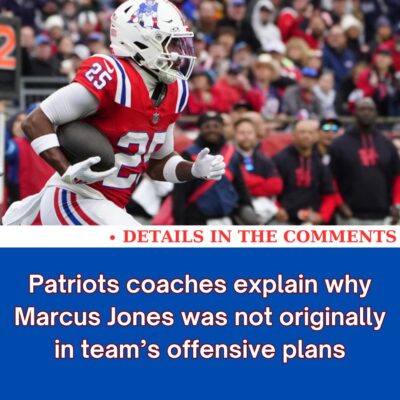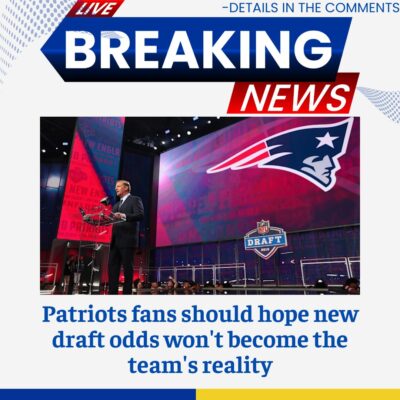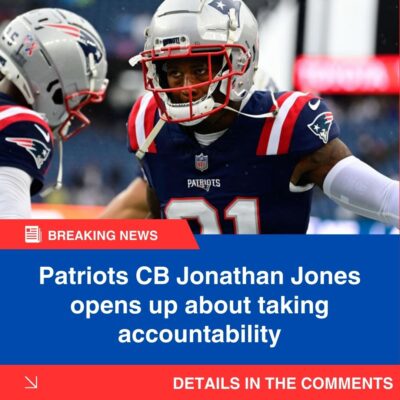The Golden State Warriors want Lauri Markkanen. It’s the worst-kept secret in the NBA. The Utah Jazz, however, won’t part with the 27-year-old unless a certain price threshold is met. Golden State has the draft picks to entice Danny Ainge, but it’s unclear which members of the Warriors’ young core are truly available. The extent to which GM Mike Dunleavy values Golden State’s youth movement could determine where Markkanen spends the next five years of his career.
All signs point to Warriors sophomore Brandin Podziemski as the hinge upon which these trade negotiations rest. The Jazz desire Podziemski as the centerpiece of the deal, while the Warriors consider the 21-year-old an organizational favorite with too much upside to involve in a deal. We are at an impasse as a result.

Impasses break, eventually. There’s a decent chance the Jazz lower their asking price or the Warriors acquiesce (probably the latter). Markkanen is a tremendous talent, but at 27, he doesn’t necessarily fit the youth movement Utah is equipped for. The Warriors, on the other hand, are under pressure to maximize the final years of prime Stephen Curry and semi-prime Draymond Green. Podziemski is a winning player already, but he’s not on the same level as Markkanen. The latter moves the needle for a team in need of a sizable leap forward.
If the Dubs can’t get a Markkanen tracde across the finish line, however, there are viable alternatives on the trade market. The Warriors will struggle to land a star of that caliber, but alas, Golden State isn’t too far removed from making noise in the West. Here are a few targets worth monitoring.
5. Tobias Harris
Tobias Harris landed with the Detroit Pistons on a two-year, $52 million contract in free agency — perhaps the most predictable and hilarious outcome imaginable, all things considered. King of securing the bag, Harris parlayed his sterling reputation as a locker room leader into a cushy new deal with the upstart Pistons. He is going to lead a young group into battle every night, make inroads in the community, and provide valuable 3-point shooting on the floor. It’s not the worst signing, despite the frenzied reaction from Philadelphia fans.
Still, it’s hard to imagine Harris finishing this contract in Detroit. The Pistons are in full-blown rebuild mode. Harris is a leader, sure, but he’s not the only vet on the Pistons’ roster and he’s not going to transform the on-court product. As such, when it comes time for contenders to upgrade their rosters at the trade deadline, expect Harris’ name to come up in conversations. If the Pistons can turn a low-stakes vet into meaningful draft assets or high-upside prospects, that is a victory.
This is more of a long-term strategy for Golden State — Harris can’t be traded for a few months as the ink dries on his contract — but once the midseason deadline rolls around, the Warriors should have a good sense of their weaknesses. Harris is a simple plug-and-play threat on the wing. He shoots around 40 percent from deep, punishes mismatches in the post, and defends a couple positions reasonably well.
Harris’ limitations are well-documented after a tumultuous stint in Philadelphia, but a more forgiving environment and better overall fit should alleviate concerns. The Warriors would surround Harris with elite shooters, quick decision-makers, and a solid defensive apparatus. He would be set up for success as a spot-up shooter, slasher, and multi-positional defender.
4. Cam Johnson
The Brooklyn Nets are officially in tank mode after the Mikal Bridges trade. The logical next step is to move Bridges’ former accomplice, the other leg of the Kevin Durant return package, Cam Johnson. He isn’t the flashiest name available, but Johnson would plug seamlessly into the Warriors’ starting lineup as a classic 3-and-D wing with a modern twist.
At 6-foot-8, Johnson buried 39.1 percent of his threes on 6.1 attempts last season. He gets them up at a healthy clip, with gorgeously compact mechanics and tremendous connective instincts. Johnson has the straight-line juice to attack errant closeouts. He processes the floor quickly, and doesn’t let his ego impact his approach. Johnson cuts, relocates, and passes willingly. He would adjust well to the Warriors’ motion offense.
Frankly, Johnson is just a better version of Tobias Harris. He’s a few years younger, a little bit cheaper, and features fewer glaring holes in his approach. He won’t create his own offense at a high level, but Johnson isn’t a slouch driving the lane. He has enough burst to torch a rotating defense and he displays real playmaking chops coming around screens. Johnson isn’t completely confined to his 3-and-D trappings.
For all those reasons, he will cost more than Harris in a trade. But, Johnson is available right now and he’s due less than $25 million annually through the 2026-27 campaign, which is an excellent price point under the NBA’s steadily rising cap ceiling. If the Dubs can land Johnson without breaking the bank, it’s a no-brainer.
3. Zach LaVine
Golden State has been connected to Chicago Bulls swingman Zach LaVine in the past, but the Warriors reportedly rejected a trade centered on Andrew Wiggins and Chris Paul’s expiring $30 million contract. If Lauri Markkanen doesn’t end up in the Bay, that rejected trade will be looked back on as a missed opportunity. Unless, of course, the Warriors reengage the Bulls, who are more than eager to cut ties with their disgruntled All-Star.
LaVine has become something of a sunk cost for Chicago. He’s clearly a valuable contributor on the court when healthy, but injury concerns and a lofty contract — worth $138 million over the next three years — has thoroughly spooked prospective buyers. The Bulls are practically trying to give LaVine away and teams won’t bite.
The contract is bad, but as the new media deal takes effect, NBA salaries will skyrocket. Golden State needs to be careful of the second apron and the severe restrictions inherent to the new collective bargaining agreement, but LaVine is a perfect basketball fit. More than that, he’s a dirt-cheap option in terms of trade value. He’s basically a free All-Star. Golden State can retain all its major trade ammo for a future move — perhaps using LaVine as the centerpiece of a blockbuster swap down the road.
It wouldn’t require Brandin Podziemski or Jonathan Kuminga. It wouldn’t even require a first-round pick. The Warriors have a unique chance to swap one iffy contract (Wiggins) for another, with a much, much better player coming back in return. LaVine needs to stay healthy and prove his mettle on the defensive end, but the shot-making, rim pressure, and athleticism LaVine provides are all sorely lacking from the current Warriors roster.
2. Trae Young
The Atlanta Hawks essentially split the difference between retooling and rebuilding this summer. Zaccharie Risacher is the worst No. 1 pick in a decade, but he should help as a rookie. By trading Dejounte Murray for Dyson Daniels, Larry Nance Jr., and picks, the Hawks are a more balanced (and probably better) team. And yet, without control of their own draft picks, but far removed from serious contention in the East, it’s hard to decipher the true direction of this Hawks franchise.
At a certain point, Trae Young is going to get tired of the stagnant losing. He’s not long for a rebuild and, while Atlanta’s future picks situation complicates the dynamics of a teardown (San Antonio owns the Hawks’ picks from 2025-27), there’s no point in sailing a sinking ship when the opportunity to rebuild is available.
Ideally, Atlanta can work out a separate trade to get a least a couple picks back from San Antonio, but that’s easier said than done. That is, unless the Spurs take interest in Young. Golden State could rope the Spurs in as a third team, potentially swapping prospects (Jonathan Kuminga, Moses Moody) to return Atlanta’s picks to their original owner. Again, easier said than done, but where there’s a will in the NBA, there’s a way.
The reality is that Golden State isn’t touching Trae Young with a 10-foot pole. The modern NBA has gone away from small backcourts and there are unavoidable defensive concerns linked to Young and Curry as backcourt mates. But, in this hypothetical realm, I can at least make the case.
Young is one of the most prolific offensive engines in the NBA. He’s a game-breaking pull-up shooter with elite quickness, on-ball shiftiness, and court vision. He makes every pass in the book. Defenses are going to melt when tasked with containing Young and Curry simultaneously. If Young can embrace the Warriors’ M.O. and work hard away from the ball, they become borderline unguardable.
It’s outside the box, but it’s worth a shot.
1. Jimmy Butler
This is probably the more realistic 1B star Golden State can target. Jimmy Butler and the Miami Heat are determined to begin the season amid an unresolved contract situation — Jimmy really, truly loves Miami and doesn’t want to leave — but here’s the simple truth. Butler needs his money eventually, and the Heat don’t appear willing to engage in a full max extension that would run through Butler’s age-38 season.
He has the option to hit free agency next summer. If there’s no traction in talks, who’s to say the Heat don’t putt around the trade market? Or, maybe Butler gets antsy and requests a trade. This all becomes far easier to envision if the Heat struggle out of the gate. After back-to-back eighth seed finishes, it’s clear the current recipe in Miami has gone stale. Erik Spoelstra is a wizard, but the roster around Butler and co-star Bam Adebayo is holey, not holy.
There’s a real chance Butler trade buzz picks back up midseason. If that happens, we know Golden State will be at the front of the line. Even with the associated risks, Butler is a battle-tested winner whose postseason track record ought to appeal to a team looking to scale the mountaintop.
Golden State also happens to mitigate many of Butler’s primary weaknesses. He’s not a great 3-point shooter, at least in terms of volume, but Butler would have Steph Curry, Buddy Hield, and Brandin Podziemski on his side. Butler tends to coast in the regular season, but that’s a more manageable ebb and flow when Curry can lead the charge. He’s ‘old’ by NBA standards — there’s no way around it — but so is Golden State’s core. There would be a clearly defined timeline to contend, whereas Miami is torn between Butler’s status and the youthful promise of Bam Adebayo.
Also, the competitive drive between Butler and Draymond would be something to behold. It’s worth thinking about.
If Butler ends up back on the trade market, the Warriors (assuming a Markkanen-free roster) are probably the favorites to land him.
